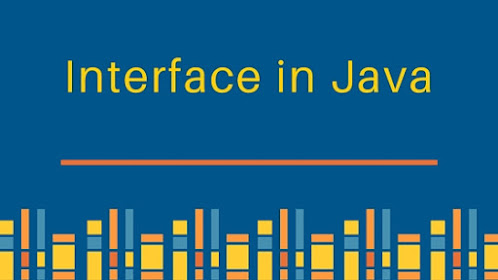Basic operators, if-else statement, ternary statement and switch case in Java

Operators in java:- Java operators are symbols that perform operations on variables and values. They are used to manipulate data and perform various computations in a Java program. There are several types in java operators. Some of them are, Arithmetic operators. Relational operators. Logical operators. Bitwise operators. Assignment operators. Arithmetic operators:- Addition (+) : Adds two operands. Subtraction (-) : Subtracts the right operand from the left operand. Multiplication (*) : Multiplies two operands. Division (/) : Divides the left operand by the right operand. Modulus (%) : Returns the remainder of the division of the left operand by the right operand. Relational operators:- Equal to (==) : Checks if two operands are equal. Not equal to (!=) : Checks if two operands are not equal. Greater than ...




